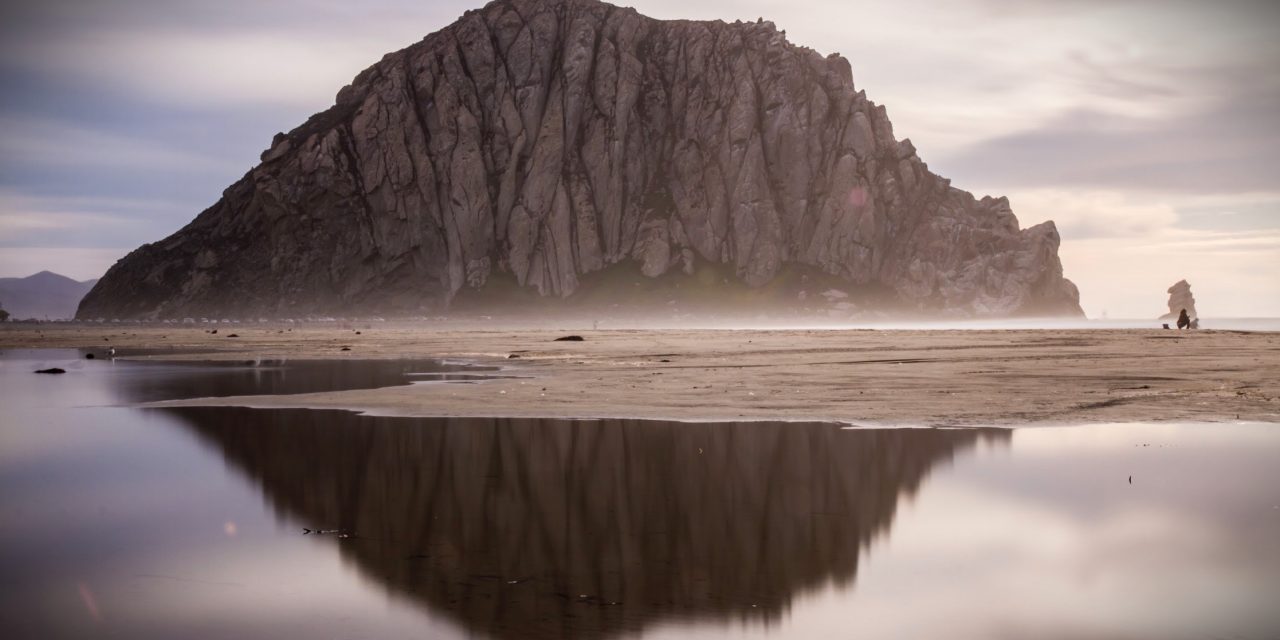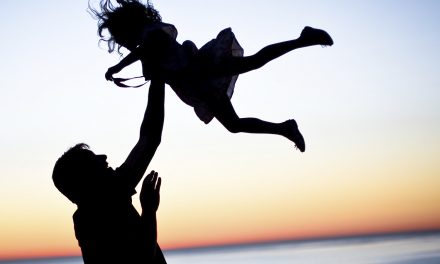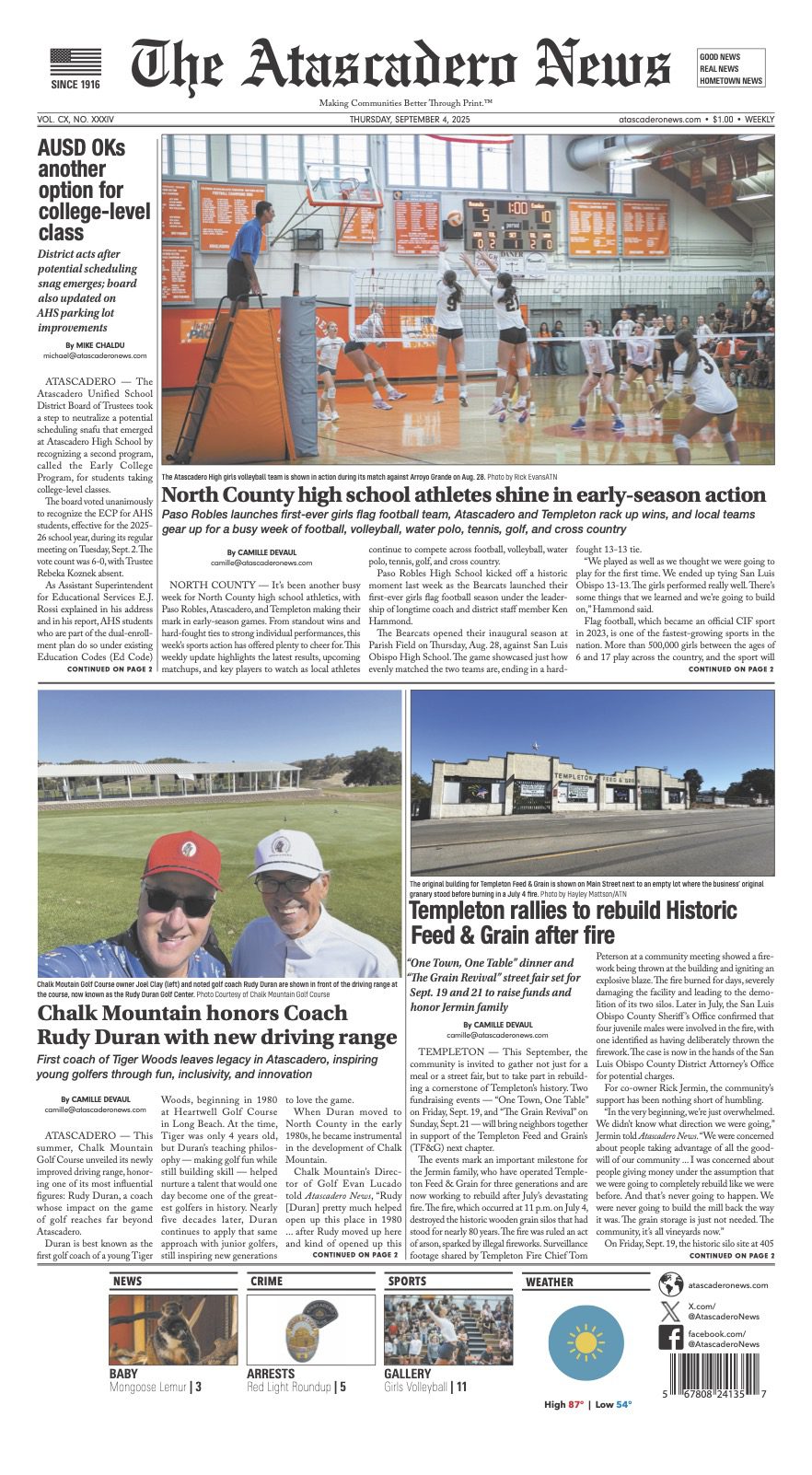What: Central Coast State Parks Association and the Morro Bay Museum of Natural History present the 26th annual Mind Walk Lecture Series. These lectures are devoted to aspects of life on the Central Coast: natural history, cultural history, and topics of current interest.
When: All presentations take place at 10:15 A.M. each Monday from January 6th through March 23rd.
Where: The Inn at Morro Bay, 60 State Park Road, Morro Bay
Admission: California State Parks docents and current members of the Central Coast State Parks Association at the Otter level and above are free; all other adults: $3 per lecture; children and youths 17 and under are free.
January 6
Emergency Preparedness for Hazards in SLO County
Presenter: Tracey Vardas
Most Americans live in areas that have moderate to high risk of some type of major natural or man-made event. In SLO county these risks include earthquake, flooding, fire, a Diablo Canyon event, and several others. Learn about these risks and what we can all do to prepare for them.
Vardas is a Senior Emergency Planning Coordinator working for PG&E at Diablo Canyon. Prior to that, she was an Emergency Services Coordinator for San Luis Obispo County.
January 13
Promoting the Morro: From Fr. Juan Crespi to E. G. Lewis–Envisioning Morro Bay from 1769 to 1925
Presenter: Dan Krieger
On September 8, 1769, Franciscan missionary and Portola Expedition member Juan Crespi noted in his diary that “we saw a great rock in the form of a round morro.” In 1925 E. G. Lewis, the founder of Atascadero, builds Morro Beach Inn (The Cloisters) as a refuge from the heat of the Salinas Valley. Over the 166 years between the two incidents, Morro Bay’s symbolic “rock” was imprinted in the imagination of writers and artists.
Krieger is Professor Emeritus of History at Cal Poly. He has served as president of the SLO County Historical Society and writes Times Past for the SLO County Tribune.
January 20
Black Oystercatchers: How We Monitor Reproductive Success
Presenter: Jodi Isaacs
Black Oystercatchers are an important indicator of rocky intertidal habitat health. Growing threats to this habitat make it crucial to gather data to inform conservation practice. Jodi Isaacs reviews the goals and findings of the Black Oystercatcher reproductive monitoring program.
Isaacs has worked in the natural resource management field for over twenty years and currently works as an Environmental Scientist for California State Parks in Morro Bay.
January 27
Biogeography: Where Did Our Animals and Plants Come From and How Did They Get Here?
Presenter: James Brown
Animals and plants on the Central Coast originally came from somewhere else. They immigrated by 1) riding on drifting continental plates, 2) moving under their own power – sometimes over great distances and inhospitable terrain, or 3) being transported by humans. The question of what is native raises controversial topics about exotic species and human immigration.
Brown is a retired biologist, residing in Morro Bay. He taught at UCLA and recently retired after 25 years of teaching at the University of New Mexico.
February 3
Bats of the Central Coast: Nothin’ to be a-scared of here!
Presenter: Bill Haas
Bill Haas covers the number and types of bat species that occur on the Central Coast, bats and transmittable diseases, the importance of bats to agriculture, and how to encourage bats while keeping them at arm’s length.
After a career teaching science, Haas left the classroom and developed the Central Coast Bat Survey, which documents the distribution of bats here and their relationship with local agriculture.
February 10
Ignace Jan Paderewski on the Central Coast
Presenters: Marjorie Harmon & Melody Mullis
A brief overview of the life of Paderewski will focus on the impacts of this pianist, performer, statesman, and ambassador. Less well known was his local influence in agriculture and in the cultural legacy he left behind in Paso Robles.
Harmon, a long-time resident of Paso Robles, is President of the Paderewski Festival. Mullis, an active Board Member of the Pioneer Museum since 2006, is currently Board President.
February 17
Pediocactus and Sclerocactus; A Tour of the Colorado Plateau
Presenter: Rob Skillin
This program will feature two little-known genera of American cacti: Pediocactus and Sclerocactus. Learn what these plants are, where they are found, the often very specialized environmental conditions they have adapted to, and the threats to their survival.
Skillin is a retired petroleum geologist who has have been growing cacti and succulents for 42 years. His photographs have illustrated articles in Cactus and Succulent Journal and the book Succulents of the World.
February 24
Great White Sharks
Presenter: Chris Lowe
Learn about the myths, misconceptions and realities of great white sharks off the Central and Southern California coasts.
Lowe is Professor of Marine Biology and Director of the Shark Lab at Cal State University Long Beach. His research focuses on the behavior of white sharks off the Southern California coast.
March 2
The Tsunami Threat along the Central Coast
Presenter: John McCabe
John McCabe discusses the causes of earthquakes and tsunamis, the characteristics of the tsunami wave, and its travel time. He also looks at some historic tsunamis, the tsunami warning system, and our own vulnerability.
McCabe, a graduate of Saint Louis University, lectures frequently on the geology and natural history of the Central Coast to organizations throughout the area.
March 9
The Honeybee in the San Luis Obispo County Landscape
Presenter: John Chesnut
John Chestnut discusses European Honeybees’ role in a changing coastal landscape and reviews prospects for honeybees, their adaptability, and behavior in our landscape.
Chestnut, a founding member of the Central Coast Beekeepers Alliance, has managed domestic honeybees as an avocation for decades and mentors new beekeepers on the art and adventure of keeping bees.
March 16
The History of Cal Poly San Luis Obispo
Presenter: TBD
In 1903 the California Polytechnic School opened its doors on a dusty hillside to twenty students. A century later, that modest school has been transformed into one of the leading universities in California, with an enrollment of 22,000 students. This lecture traces the history of that remarkable development.
March 23
How Central Coast Women Won the Right to Vote
Presenters: Dick Miller & Glenn Silloway
“It is Every Woman’s first Duty to Get the Power to Do Her Duty, and Then to Use It”: How Central Coast Women Won the Vote.
Miller has been exploring Central Coast history since his retirement here in 1990. Silloway is President of the Historical Society of Morro Bay and a board member of the League of Women Voters of SLO County.
















